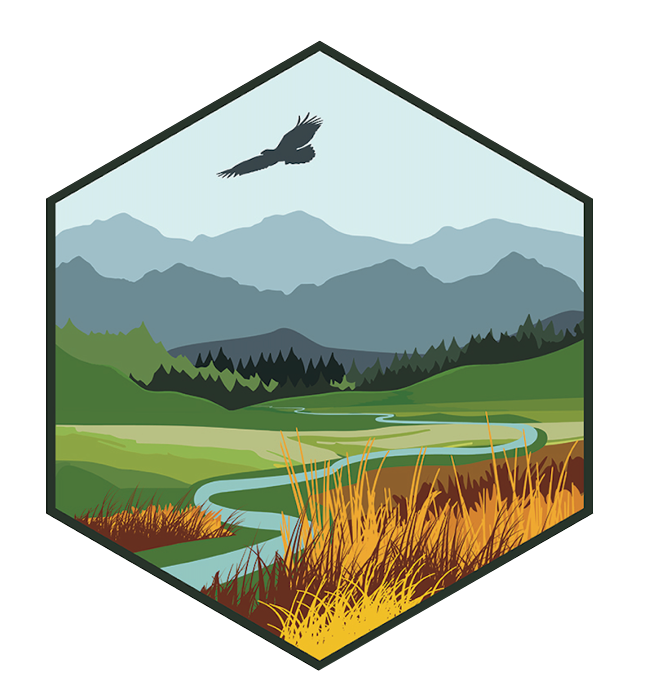New Publication on Riparian Refugia
A new research paper, featuring USGS and NC CASC scientists, is now out, using projected climate conditions to map future riparian refugia. Identifying areas likely to remain insulated from climate change and sustain biodiversity and ecological function (known as climate refugia) is crucial for climate adaptation planning.
According to the US Global Change Research Program:
James Rattling Leaf, Sr. gives Keystone Address for National Hazards Research and Applications Workshop
On July 15, James Rattling Leaf, Sr. gave the Keynote Address at the 49th Annual Natural Hazards Research and Applications Workshop by the Natural Hazards Center and University of Colorado Boulder.
Applications now open for the FY 2024 Tribal Climate Resilience Annual Awards Program
The Bureau of Indian Affairs' Branch of Tribal Climate Resilience will be providing over $120 million for FY 2024 for recognized Tribal Nations and authorized Tribal organizations to "address current and future climate change impacts."
New Publication: "Drought as an emergent driver of ecological transformation in the twenty-first century.”
Several NC CASC scientists are authors on a new paper about drought and ecosystem transformation.

